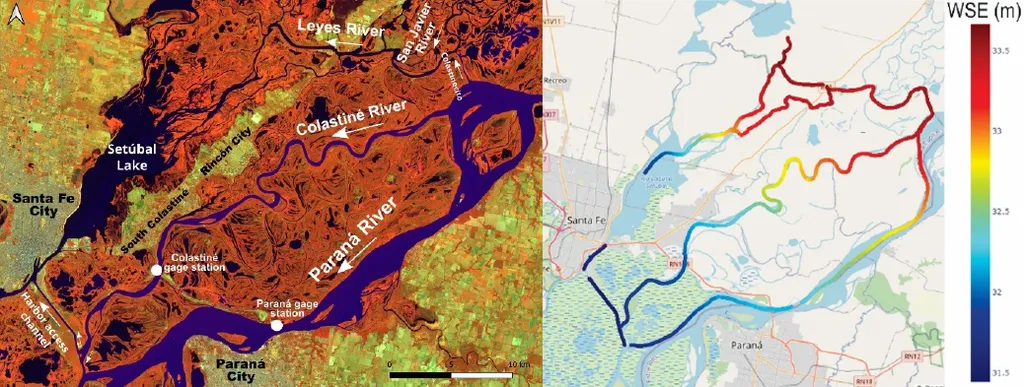In the heart of Ethiopia’s Nagele Arsi district, a groundbreaking study is shedding light on the intricate dance between drought and agriculture, offering a beacon of hope for farmers and policymakers alike. Led by Ajitesh Singh Chandel from the Department of Geography and Environmental Studies at Bule Hora University, this research leverages the power of Geographic Information System (GIS) and remote sensing technologies to map agricultural drought vulnerability over a 30-year period, from 1992 to 2022.
The study, published in *Cogent Food & Agriculture* (which translates to *Thoughtful Food & Agriculture*), employs a sophisticated mix of satellite-derived indices and ground-based crop yield data to paint a vivid picture of drought’s impact on the region. “We used the Normalized Difference Vegetation Index (NDVI), Vegetation Condition Index (VCI), and Standardized Precipitation Index (SPI) to assess drought severity,” Chandel explains. “These indices, when correlated with crop yield anomalies, provided a robust framework for our analysis.”
The results are striking. NDVI, VCI, and SPI showed significant correlations with crop yield anomalies, with correlation coefficients of 0.71, 0.72, and 0.74, respectively. This confirms the reliability of these indices for drought assessment. The analysis reveals a rising trend in drought severity, with 2022 marked by extensive vegetative stress and rainfall deficits. A composite drought risk map indicates that 56% of the area faces severe drought risk, while 8.3% is categorized as very severe.
Spatially, the study highlights higher vulnerability in the northern highlands, attributed to rainfall variability, elevation gradients, and land use intensity. “The northern highlands are particularly susceptible due to their unique agro-ecological characteristics,” Chandel notes. “Understanding these spatial patterns is crucial for developing targeted adaptation strategies.”
The implications of this research are far-reaching. By providing actionable insights, the study underscores the importance of early warning systems, agro-ecological zoning, and localized adaptation strategies. It also highlights the need for integrated drought monitoring frameworks that can inform evidence-based planning. “Our findings contribute to improving drought resilience, ensuring sustainable agriculture, and enhancing food security in Ethiopia’s semi-arid regions,” Chandel states.
For the energy sector, this research offers valuable insights into the interconnectedness of agriculture and energy security. Droughts not only affect crop yields but also impact bioenergy production, which relies heavily on agricultural residues. By understanding drought patterns and their impacts, energy companies can better plan and mitigate risks, ensuring a stable supply of bioenergy resources.
Moreover, the integration of GIS and remote sensing technologies in drought monitoring can enhance the efficiency and accuracy of energy sector planning. “This research paves the way for more sophisticated and data-driven approaches in managing agricultural droughts,” Chandel says. “It sets a precedent for future studies and applications in the field.”
As we look to the future, the study by Chandel and his team serves as a testament to the power of technology in addressing complex environmental challenges. By harnessing the potential of GIS and remote sensing, we can unlock new possibilities for sustainable agriculture and energy security, ensuring a resilient future for generations to come.

